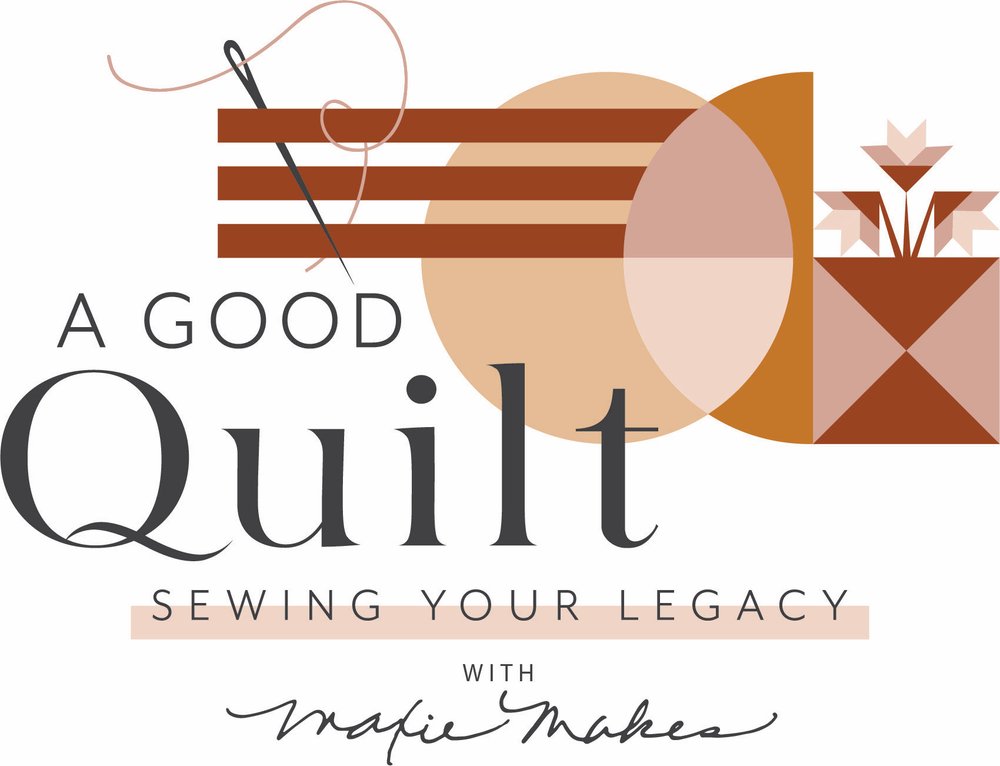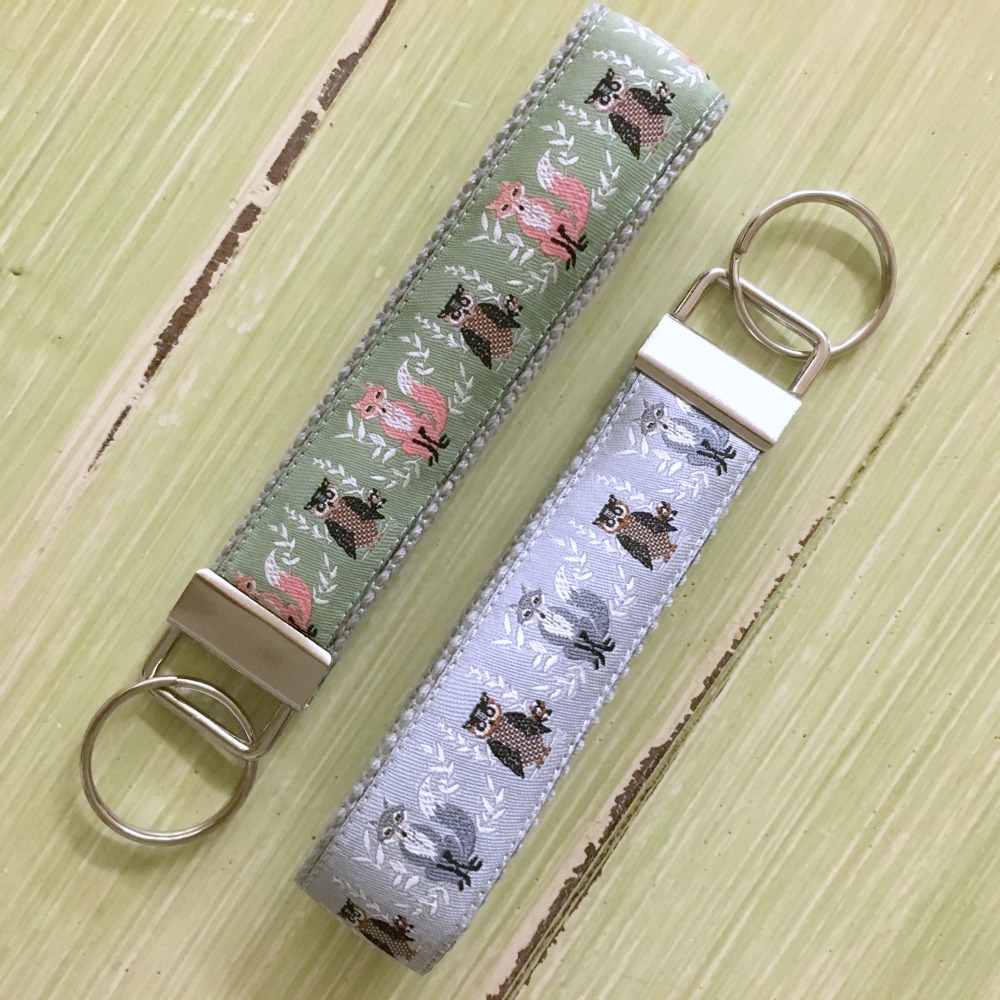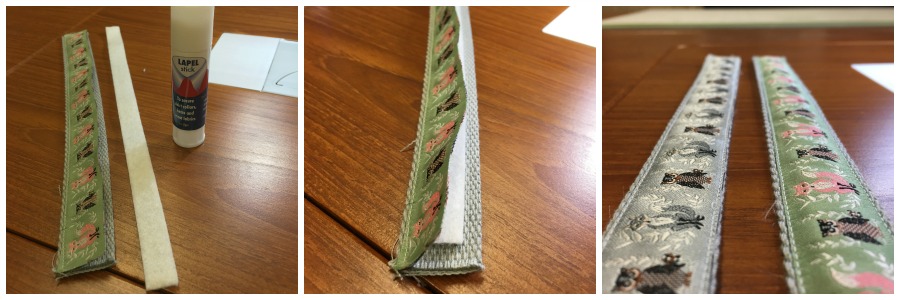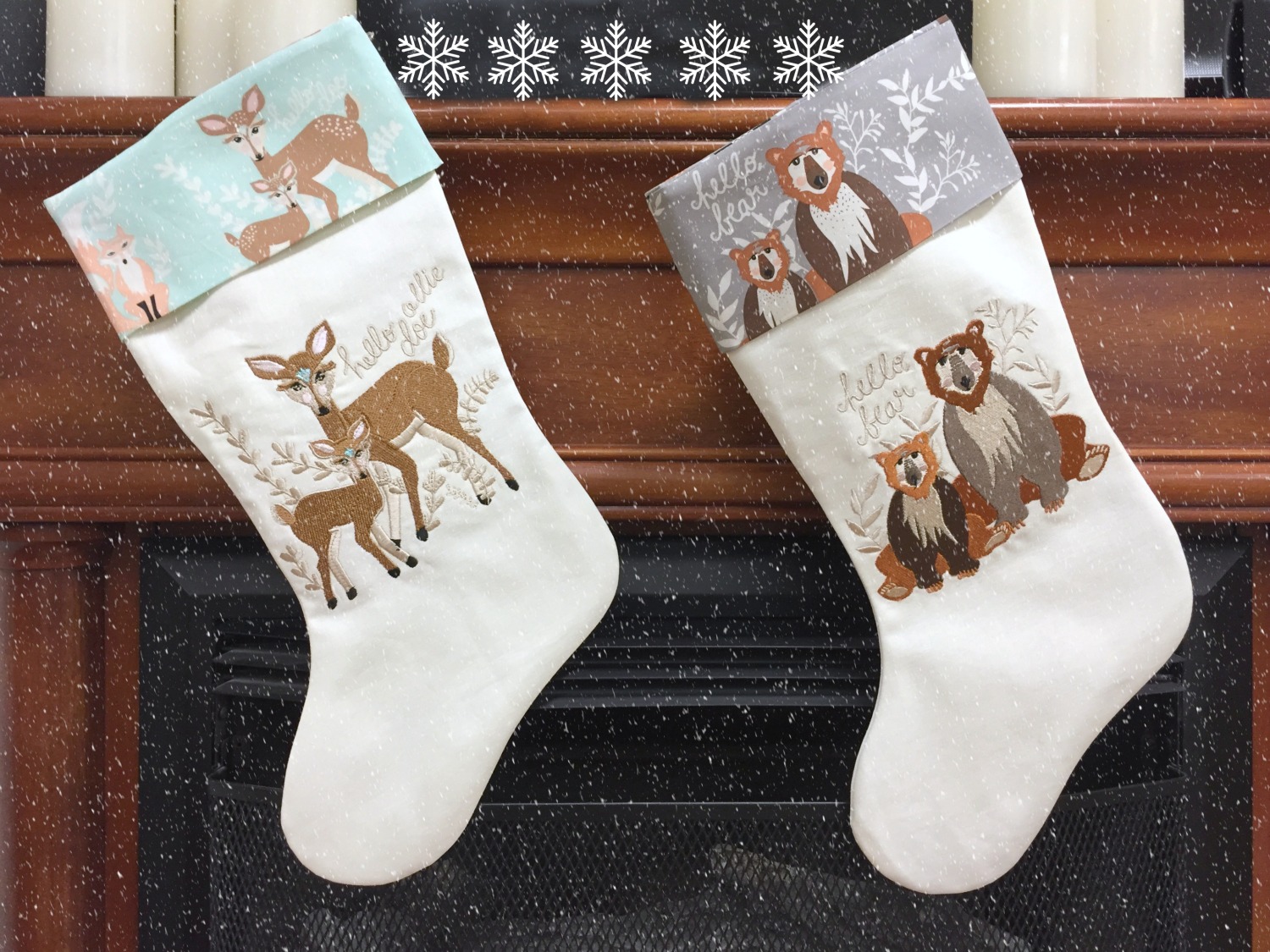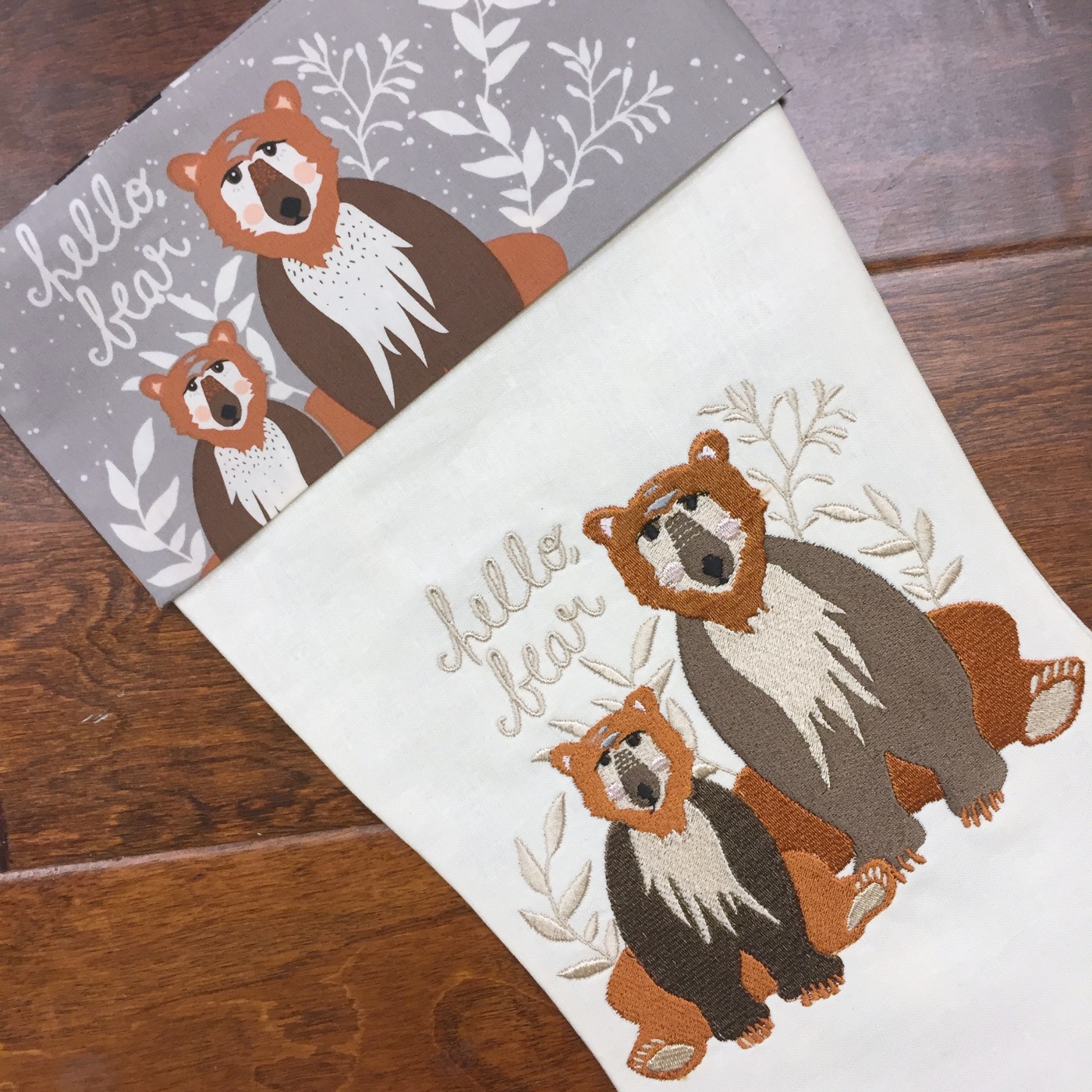Another Christmas is behind us (not really, because my tree is still up), and I thought I'd share a few of my most favorite (received) gifts with you! No sewing in this post, just some fundamental fun!
- First up, from my daughter, Becky. #1 is an under sink water filtration system and this marvelous instant hot water dispenser from Insinkerator! It delivers filtered water at boiling temps for coffee and tea and cooking, and cool water for drinking! The plumber is on call to install it and I can hardly wait to enjoy tea or french pressed coffee!
- Photo #2, from Becky and Bonnie, is this lovely group of lovely-fying products! 1. Origins Anti-Aging Foundation gives great coverage with no harmful ingredients. 2. This Christmas happily discovered Beauty Counter! Becky gave me several products from this company, whose mission is to make quality skin care with responsible ingredients. Among my favorites is the Touch Up Concealer Pen, the best concealer I've ever used! 3. Origins Three Part Harmony oil-infused serum is non-greasy and silky smooth! 4. Beauty Counter's Anytime Eye Cream absorbs quickly and leaves skin velvety smooth. While on Beauty Counter's website, be sure to check out their luxurious lipsticks! 5. Sugar Advanced Lip Treatment is the most amazing lip care product you'll ever need! I already loved the regular version, which is clear and unscented, but this rose version adds a little color in the same therapeutic product.
- #3: Bonnie gave me this beautiful vintage ceiling tile to use as an accent piece in our new home. It's so 'me'!
- #4: Becky gave me a lovely basket as my "Christmas Stocking"! What a great idea! It was full of goodies, and I get to use the basket all year long!
- #5: Another vintage piece from Bonnie, this leaded glass piece is about 36" long and 15" tall. I am having it built into a barn door for our pantry! I'll be sure to post a picture of it when it's finished!
- #6: Comenzar's Flameless Flickering Candles. These battery operated candles look so real! They include a remote with an optional timer, so I can schedule them to come on at night and turn off at bed time! I'm enjoying them at this moment.
- #7. Again, from Becky and Beauty Counter, Lustro Sugar Scrub and Enrich Body Butter. Enough said.
- #8: Bonnie did her homework on this gift: The Rode Microphone to make more Maxie Makes videos! I preparing for one in the sewing room, and I'm very eager to try this baby out soon!
- #9: Becky knew how much I'd love this: Phone Soap! A UV Sanitizing Light for my cell phone! I won't tell you that I'm a germophobe. But I put my car keys in it...and anything else that fits. If it fits, it's clean.
- #10: Bonnie made this beautiful little woven wall hanging for me! I cherish it. She taught me how to weave on a Wood Creek Loom, so I know the work (love) that goes into it.
So, these are a few of my favorite things from my favorite people! I'd love to hear about your favorite things, so leave me a comment!
Thanks for visiting! Happy Sewing and God bless! Maxie
